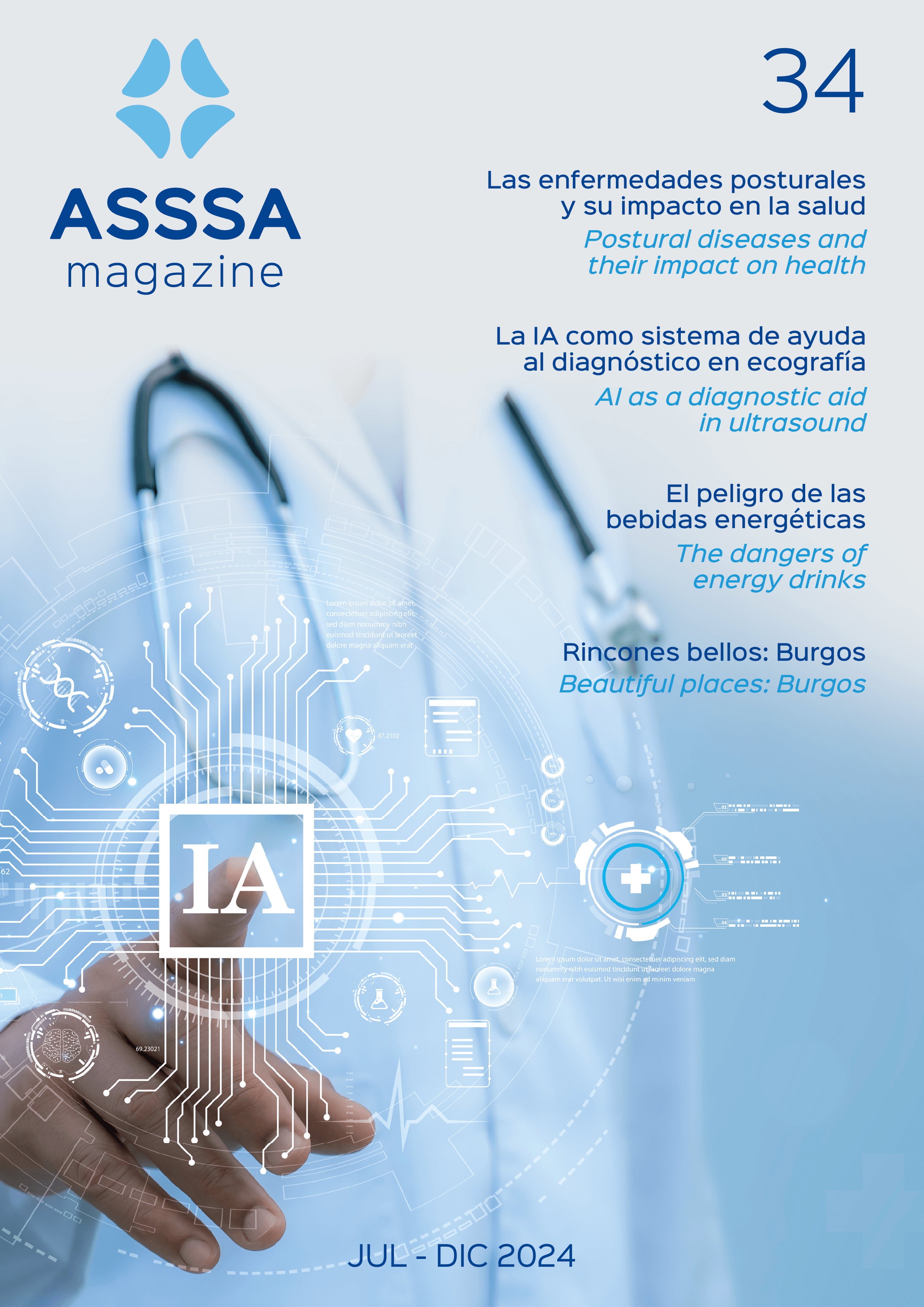
The Trochanter is a bony protuberance located on the top and outside of the femur, where the tendons of the hip muscles are inserted, especially the gluteus maximus and gluteus medius.
The hip joint, like many joints, is surrounded by a type of sac or bursa filled with synovial fluid which protects and helps to reduce friction during movement.
Trochanteritis or Trochanteric Bursitis is the inflammation of the greater trochanter of the femur and the bursa that protects it. It causes synovial joint effusion and pain in the affected hip. It is much more common in women (4:1), especially in women between 40 and 60 years of age.
What causes Trochanteritis?
The most common causes are repeated injuries to the area, joint overload, excess weight, and leg dysmetria. Other important causes are previous hip surgeries, prosthetics, spine diseases, joint calcifications…
Its diagnosis requires a thorough physical examination and an ultrasound is necessary to confirm the condition.
How is it treated?
- Treatment begins with rest and anti-inflammatory medication.
- If the patient is overweight, weight loss is essential to prevent overloading the joint.
- If this is not sufficient, the patient will have to resort to rehabilitative treatment with physiotherapy, shock waves…
- If necessary, the joint can be infiltrated by injecting corticosteroids into the bursa.
- As a last resort, we must resort to surgery, now minimally invasive, using arthroscopy.












